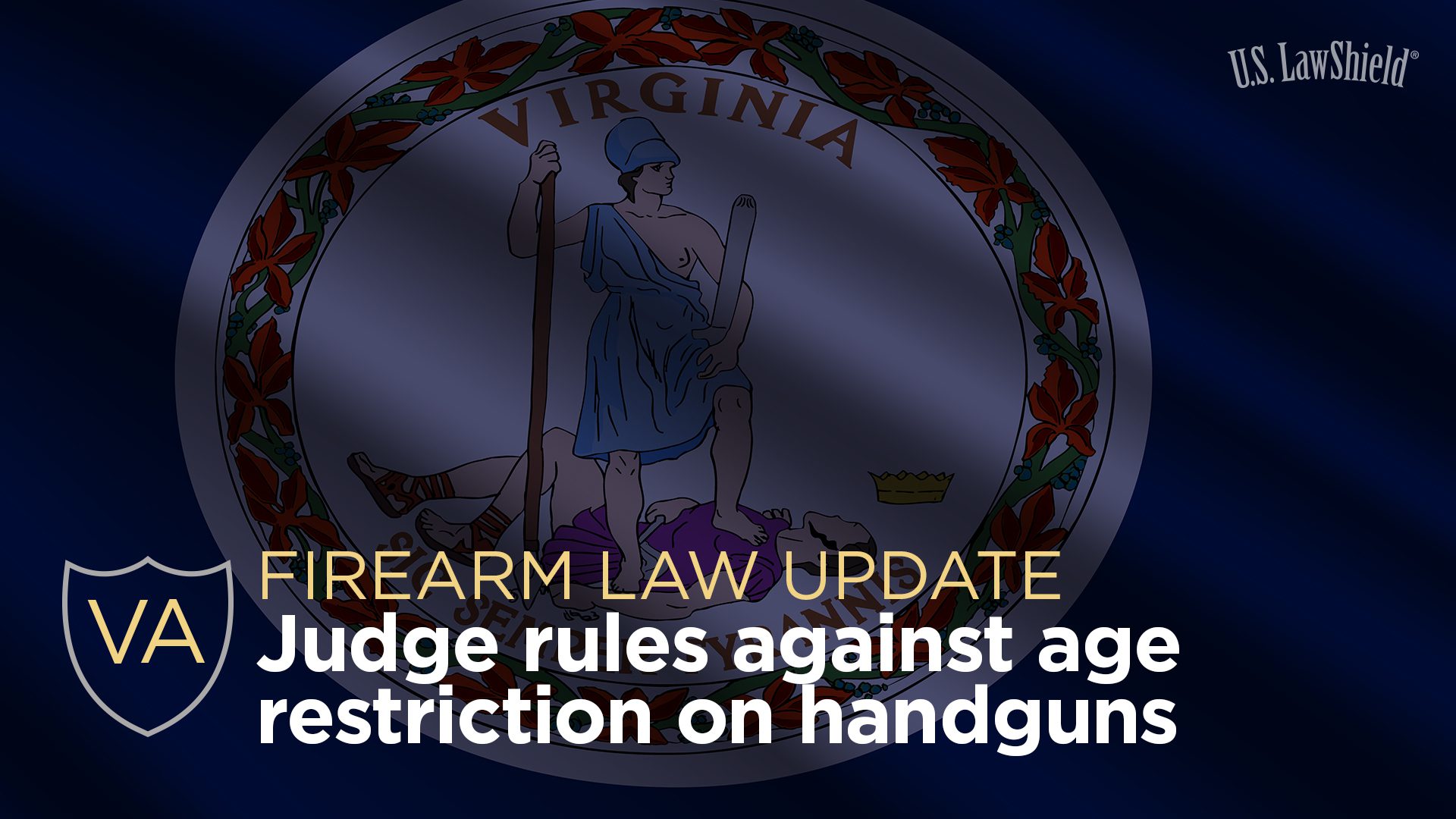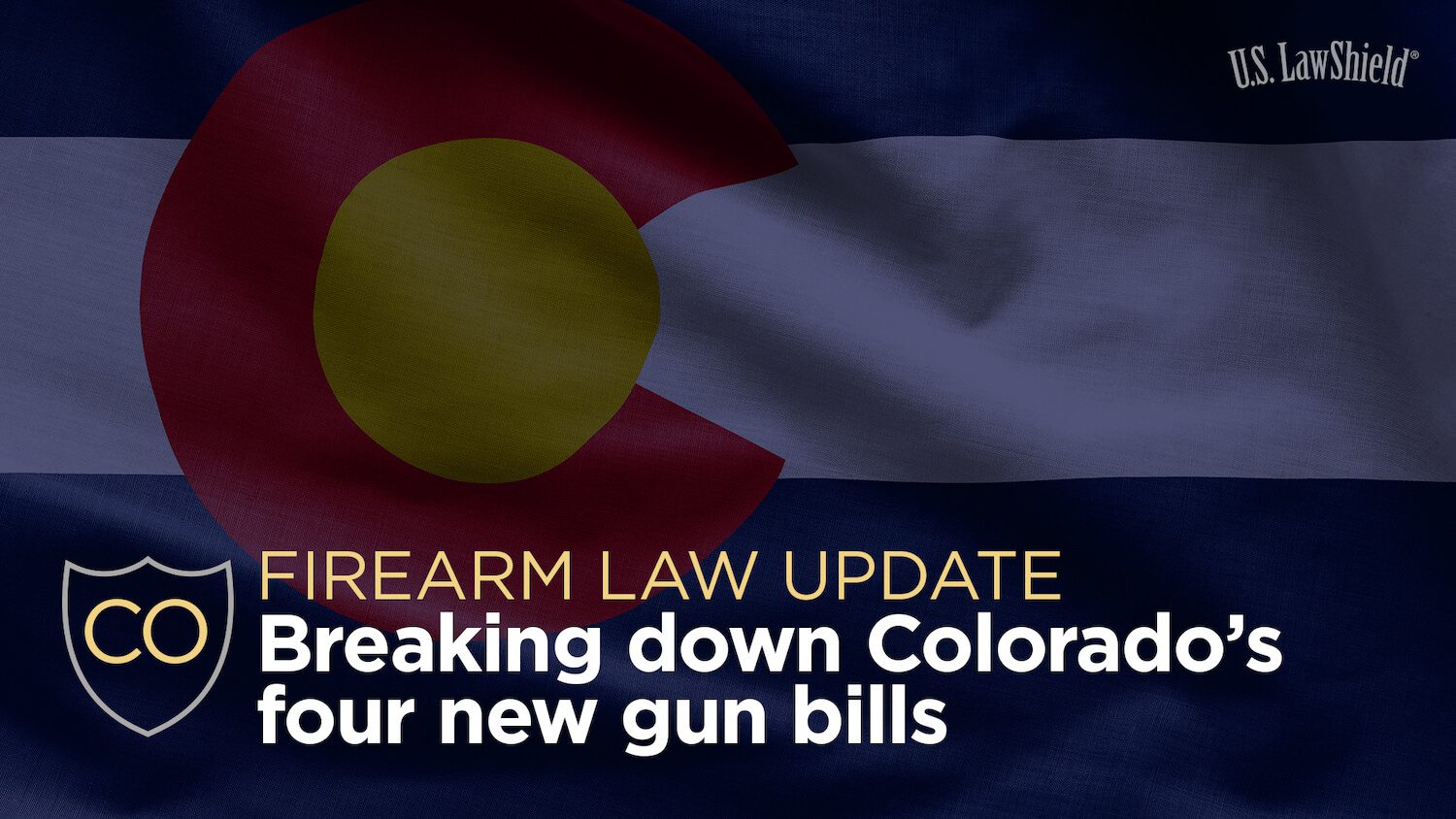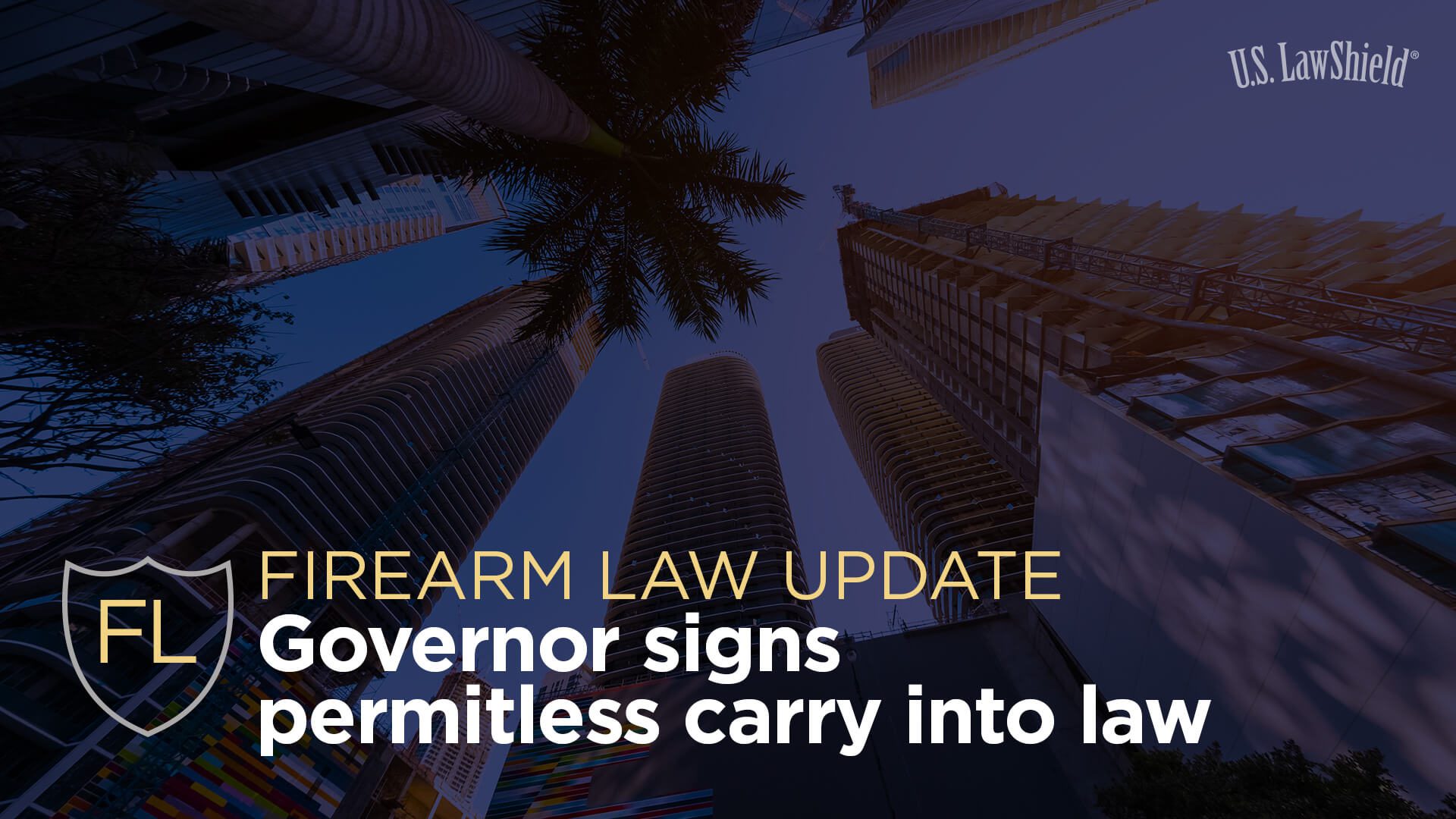Since the launch of our First Aid for Gunshot Wounds course, we have been receiving many comments on our social media pages about using tampons for wound packing.




Dwayne McBryde, Co-Author of First Aid for Gunshot Wounds is here to share stories from the battlefield and let you know why tampons are not what you should use to treat a traumatic gunshot wound.
Doing the Basics Right the First Time
On my first tour in Iraq in early 2004, the biggest urban legend amongst the guys in my Scout Sniper Platoon was the use of tampons to stop major bleeds on the battlefield. I use the words “urban legend” because I personally have never been trained or taught by professional medical personnel to use a tampon as a bleed stopper. Yes, they are absorbent. Yes, they are compact—but believing this is the end-all to an arterial bleed is getting away from the basics.
Wound cavities come in endless shapes and sizes. Terminal ballistics, angle of impact, projectile path, deflection of projectile from clothing or underlying bone structure, caliber of projectile, distance from target, and type of projectile all have an influence on temporary and permanent wound cavities and the destruction delivered to underlying tissue after impact.
Getting back to the basics of wound packing, our first goal is to begin our initial pack at the bleed source. We then pack the wound from the outside in by using a circular or crisscross packing method. We pack the entire wound cavity no matter what wild shape the laws of physics have dealt us. “Pack it to the bone” is the saying combat medics use to describe how tight we pack a wound cavity. In fact, you need to slightly over-pack the wound and place the leftover gauze, folded or bunched into a ball shape, centered over the wound cavity on top to give you the added value of a homemade pressure point. We maintain constant direct pressure while packing, and continue to hold direct pressure for up to three minutes to ensure the bleeding has stopped. If using standard gauze (as opposed to the preferred hemostatic gauze), apply pressure until the bleeding has stopped. Then, apply a bandage over the dressing to secure and hold it in place. Repeat this process for the exit wound, if present.
I have used up to five packs of gauze (3 yards of 3” gauze per pack) to effectively pack a gunshot wound. That’s 15 yards of gauze. So ask yourself: is a tampon the right tool for the job for a gunshot wound? The term “High Speed” is laughed at quite often by war-fighters. A true professional will tell you that high speed is just doing the basics right the first time, every time. Educate yourselves and stick to the basics and you will get the job done every time.
—Dwayne McBryde, Co-Author of First Aid for Gunshot Wounds
Stay tuned for the April 3 issue of the newsletter. Dr. Rick Hammesfahr will bring you the medical reasons on why using a tampon is not the solution to a traumatic gunshot-wound injury.
Want to learn more, go to 2aInstitute.com and sign-up for our First Aid for Gunshot Wounds online certification course, or take a live, in-person certification course. Go to GunLawSeminar.com to find a course in your area.





Skinnymedic has great information going deeper into what you have said. Tampons just do not have the volume of trama gauze. Here is a good link to his video https://youtu.be/Nf_PPQOrKIc or search Skinnymedic tampon on YouTube
Well, if you don’t have 15 yards of gauze with you and you have tampons…? We aren’t pros- Once again you have an ‘authority’ locked in on his expertise- and having a medic kit..REAL world is different if you are trying to save a life with what you have. Tampons are generally sanitary and highly absorbent, used with pressure until the EMT’s arrive may save a life
I would be interested in the reading First Aid for Gunshot Wounds but can find no mention of Mr McBride or listing of the book anywhere, not even on Amazon. Why is that?
Hi Timothy,
Thank you for your comment and interest in our program. We currently do not have First Aid for Gunshot Wounds listed on Amazon. To purchase the book, please go to https://university.2ainstitute.com/shop/.
That is all fine information EXCEPT no one I know has trauma gauze in their purse. When you have to work with what you have on hand it might be a viable option.
I just saw a youtube video prank about soaking a tampon in water and somebody threw it onto a car window. I don’t remember the specifics of the joke, but both water-soaked tampons disintegrated on impact, leaving a huge amount of cotton particles/whatever other materials flying everywhere. Even if this stopped bleeding, the foreign objects and materials could be a nightmare for infection and add time to the handling of the trauma just trying to get all that stuff out of the wound.
What is quick clot, is it effective and if so where can it be purchased?